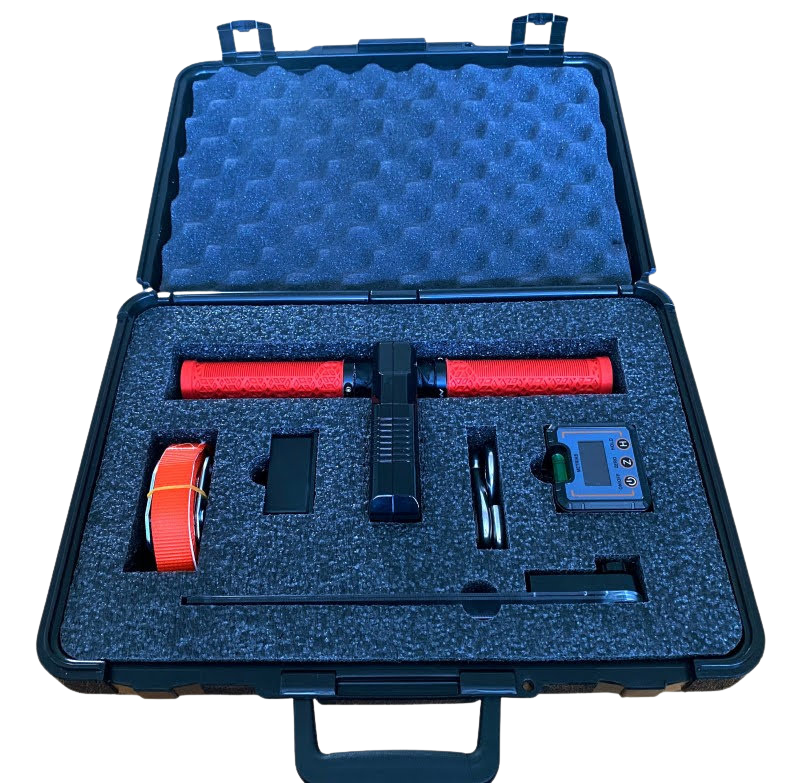
Universal Design Is Reshaping Aging in Place
Aging adults want to stay home—and the shift is being led by those who blend rehab science with real-world design,
I was reading an article in The Toronto Star the other day about older homeowners and how the sluggish real estate market is causing many to delay or rethink selling their homes to downsize. You can read it here. It got me thinking.
When my university students ask me what I would do if I were in their shoes—new grads, entering the rehab field—I tell them (not to be crass), follow the money. Who is the wealthiest demographic on the planet?
The answer: Boomers. In Canada, those over 55 control more than 60% of the nation’s wealth. In the U.S., it’s even starker: Baby Boomers hold roughly 50% of all household wealth—about $78 trillion according to Federal Reserve data.
And where is most of that wealth? In their homes.
Now ask that same group what matters most to them as they age. According to AARP, a staggering 88% of adults over 65 say they want to age in place—that is, stay in their own home as long as possible.
So now we’ve identified the problem. The people with the problem have the money. The only question left is: how do we help solve it?
Enter: The Hidden Design Revolution
Aging in place isn’t just about grab bars and ramps. It’s a quiet transformation happening at the intersection of occupational therapy, home building, and product design. It’s about how a doorknob can preserve dignity. How a curbless shower can prevent a broken hip. How rethinking everyday spaces—hallways, kitchens, thresholds—can let someone stay home five years longer.
This piece is inspired in part by Kelly Nesbitt, an OT in Portland whose work at Adaptable Abodes helped me dig deeper into how our homes can empower aging rather than limit it. And a big thank-you to Laura Haddan Raastad—whose encouragement pushed me to think about how functional testing can be part of this solution. More on that later.
I also want to give a shout-out to the team behind Custom Joy—they are working to fund Joyful Places, a series that follows former occupational therapists Gretchen Kingma (realtor) and Tiffany Dill (designer) as they find and renovate homes for people with disabilities and their families, a demographic set to explode as the Baby Boomer generation reaches old age. A new show blending occupational therapy and design to reimagine how homes can reflect and support the lives we want to live. Take a look here—it’s well worth the click, and I’ve included an image from their site as part of this article's cover.
So what exactly is this design revolution—and how do we participate in it?
The Principles Powering the Aging-in-Place Design Revolution
If you're picturing a beige grab bar and a hospital-grade toilet, you’re thinking too small.
The new wave of aging-in-place design isn’t just about preventing falls. It’s about autonomy, dignity, and daily usability. What’s emerging isn’t a niche—it’s a full-scale design philosophy grounded in five key principles:
1. Fit the home to the person—not the other way around
Most homes are designed for the average 30-year-old body. That becomes a problem when strength, balance, vision, or mobility change.
Ergonomic aging-in-place design flips that logic. It adapts door handles, countertop heights, and flooring transitions to match the user—not force the user to adapt to them. Want proof it works? Studies show homes with ergonomic features reduce falls, increase compliance with exercise programs, and prolong safe independence by several years.
2. Universal design is invisible—and that’s the point
Aging-in-place isn’t just about “making it safe.” It’s about making it look and feel like home.
Universal design aims for inclusivity without stigmatizing the user. Think lever-style handles instead of knobs (easier for arthritic hands). Touchless faucets. Wide hallways that work for wheelchairs and baby strollers. Smart lighting that helps seniors see at night—but doesn’t scream “medical device.”
As one OT put it, “The best accessibility features are the ones no one notices.”
3. Anticipate change, don’t just react to it
Great aging-in-place design doesn’t just solve today’s problems—it preps for tomorrow’s.
That might mean reinforcing a bathroom wall now so a grab bar can be added later. Or installing a main-floor laundry room before stairs become a barrier. These aren’t high-tech solutions—they’re low-regret decisions made at the right time.
4. Make independence the default
Design should empower the person to do things on their own, not reinforce dependence.
That’s why good aging-in-place OTs focus on task modification as much as environment modification. A high shelf becomes usable again with a pull-down rack. A laundry room becomes manageable with a rolling stool and reacher.
The goal isn’t just safety—it’s engagement.
5. Collaborate across disciplines
This is where things get exciting—and where the next generation of OTs, designers, and builders will thrive.
We’re seeing builders consult with occupational therapists before pouring concrete. We’re seeing smart home developers design apps for cognitive cueing. We’re seeing cross-functional teams like the ones behind Custom Joy blend healthcare, storytelling, and design into something seniors actually want.
Want to Help People Age in Place? Here's Where to Start
If this design revolution excites you, you’re not alone. There’s growing demand for professionals who can assess, modify, and design spaces that support aging adults. But most of the formal aging-in-place training programs are currently U.S.-based.
Here are a few of the most widely recognized credentials:
CAPS – Certified Aging-in-Place Specialist
Offered by: National Association of Home Builders (NAHB) Best for: Contractors, builders, and remodelers working with older adults What it covers: Universal design, home modifications, communication strategies with aging clients Time: 3 days (in person or virtual) Learn more
ECHM – Executive Certificate in Home Modification
Offered by: USC Leonard Davis School of Gerontology Best for: OTs, social workers, policy planners What it covers: Policy, funding, assessment tools, evidence-based home modification strategies Time: Self-paced online modules over several months Learn more
CHAMP – Certified Home Assessment and Modification Professional
Offered by: Age Safe America Best for: Home assessors, caregivers, designers, non-OTs What it covers: Home safety checklists, fall risk, marketing to seniors Time: 6–8 hours online Learn more
CEAC – Certified Environmental Access Consultant
Offered by: VGM Live at Home Best for: DME providers, accessibility consultants What it covers: Home accessibility, ADA compliance, environmental modification Time: ~40 hours online Learn more
So if Boomers hold most of the wealth, and most of that wealth is in their homes—and 88% of them want to stay in those homes—then the next logical step isn’t downsizing.
It’s redesigning.
That means a huge opportunity not just for contractors and architects, but for occupational therapists, kinesiologists, and even tech developers who understand function and human behaviour. The future of aging isn’t just clinical—it’s creative, cross-disciplinary, and built around function first.
This isn’t about selling seniors on “safety.” It’s about giving them control, confidence, and continuity. The market is already telling us what matters most.
Now it’s up to us to design for it.



